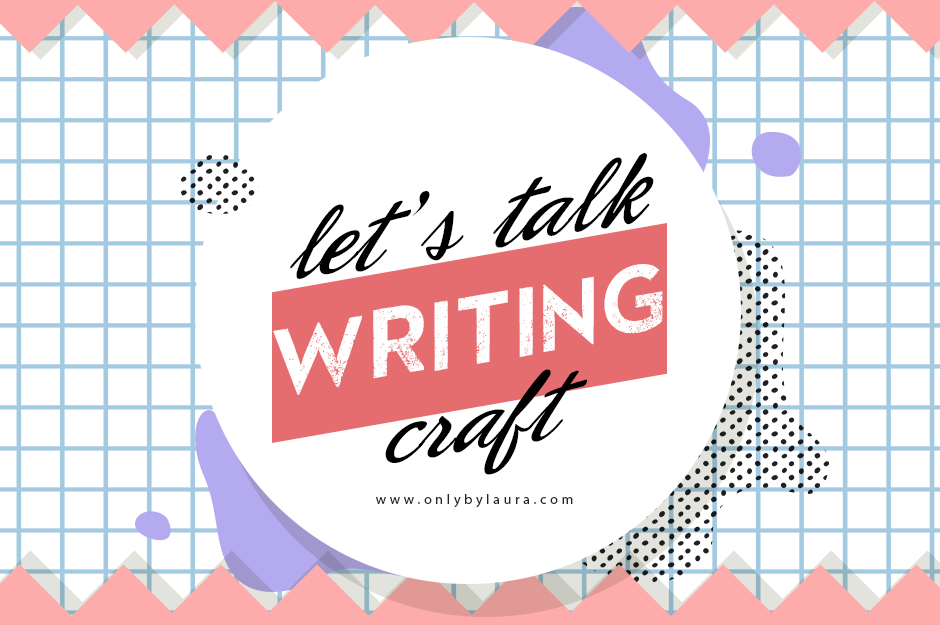 As some of you might know, I’m a big fan of Jennifer Lawrence. When I say big, it borders more on the side of obsessed – Jennifer is a role model for me. She chose her own career path, takes no bullshit from anyone and is an incredibly talented and hard-working young woman. Being a fan as I am, I’m very anxious to see one of her next upcoming “serious” movies as the media calls them, “Serena” – based on Ron Rash’s novel.
As some of you might know, I’m a big fan of Jennifer Lawrence. When I say big, it borders more on the side of obsessed – Jennifer is a role model for me. She chose her own career path, takes no bullshit from anyone and is an incredibly talented and hard-working young woman. Being a fan as I am, I’m very anxious to see one of her next upcoming “serious” movies as the media calls them, “Serena” – based on Ron Rash’s novel.
I actually had never heard of Ron Rash before and my contemporary american literature studies are lacking. I read the synopsys of the movie, and seeing it was based on a novel, I decided to read it. When I went to add it to the goodreads shelf, I went on to read some of the reviews, and let me tell you, I was not pleased.
I know goodreads reviews are complicated and not to be taken seriously most of the time – they border more on the unprofessional side of it, what the readers say about it more than actually critique. Although it’s nice to read this from time to time, most of the time you spend reading the reviews you want to throw your laptop out of the window later or rage at the stupidity of the internet.
Anyway, this review I read on Ron Rash’s book was mostly bashing the content of graphic violence against animals. I know, no one likes this theme or feels pleasure from reading it, but it’s not in the book simply because the author thought it was nice to put it there. Graphic violence, abuse to animals, rape or even sex, when told graphically, cause a different impact. There’s a reason why this is there.
Let me ellaborate – when you’re reading a romance novel, for example, and there’s a sex scene, notice how the language variates and changes, the words carefully chosen by the author. If it’s for younger audiences, the language is more subtle and there are descriptions like “She didn’t know where she started and he ended” or something equally metaphorical. For erotica romances, the scenes are much more graphic with long descriptions. For rape, death and many other themes, it works the same way – it depends on the impact the author wants to cause in the reader, or how he wants to describe this scene.
Like Quentin Tarantino’s movies – you already know that you’re in it for a dramatic ride full of jokes and definetly a lot of spilled blood. Graphic? Yes. Impactating? Also a yes. There’s a reason it’s there. For books, it’s the same thing – it simply depends on how you want to paint a scene. It’s understandable that this graphic description does not appeal to everyone and if it’s not your type of thing, that’s perfectly okay. Everyone should read what they’re comfortable with. But when it comes to storytelling, you can’t piss on an author because he chose the graphic exit instead of the more “subtle” one just because you’re comfortable with it.
Literature and novels are a form of art – and like art, it should be also used to reflect the real world and its problems. The real world is full of grotesque murders, animal cruelty and violence against women. Just because you picked a book to read doesn’t mean you get to enter magical fantasy land where there are no problems ever – everyone is normal and comfortable and happy. That’s not the objective – even in YA novels and children’s books, although not graphic, you deal with themes like abuse and death and war. It’s how we deal with those themes – and sometimes, to make it more impactating and meaningful, the authors take a more graphic way out.
Scenes like those tend to stay with readers forever – you may not recall the specific dialogue between two characters in a Nicholas Sparks novel, but you remember exactly how you felt when you read it. It’s the author’s job on doing it, feeling for the style or inserting. Sometimes, it uses graphic language to describe more violent characters or circunstances, soft and subtle for romantic characters. It’s how the whole of literature works.
So for God’s sake, please stop writing reviews on how you found the graphic content horrible and the author is trash for writing it. You don’t like the book? That’s fine, but it’s important to start differentiating a conscious choice of the author for style from something you don’t particularly like. The graphic scenes are there for a reason, so before criticizing it and bashing, maybe we shouls start taking a look and reflecting why it’s there on the first place, and what it is supposed to make us feel about it.
That’s the whole point of books, isn’t it? To make you feel and question the real world. Books are not a form of escape, they are a manner of taking a deep insight into our society and bringing back what you’ve learned.
